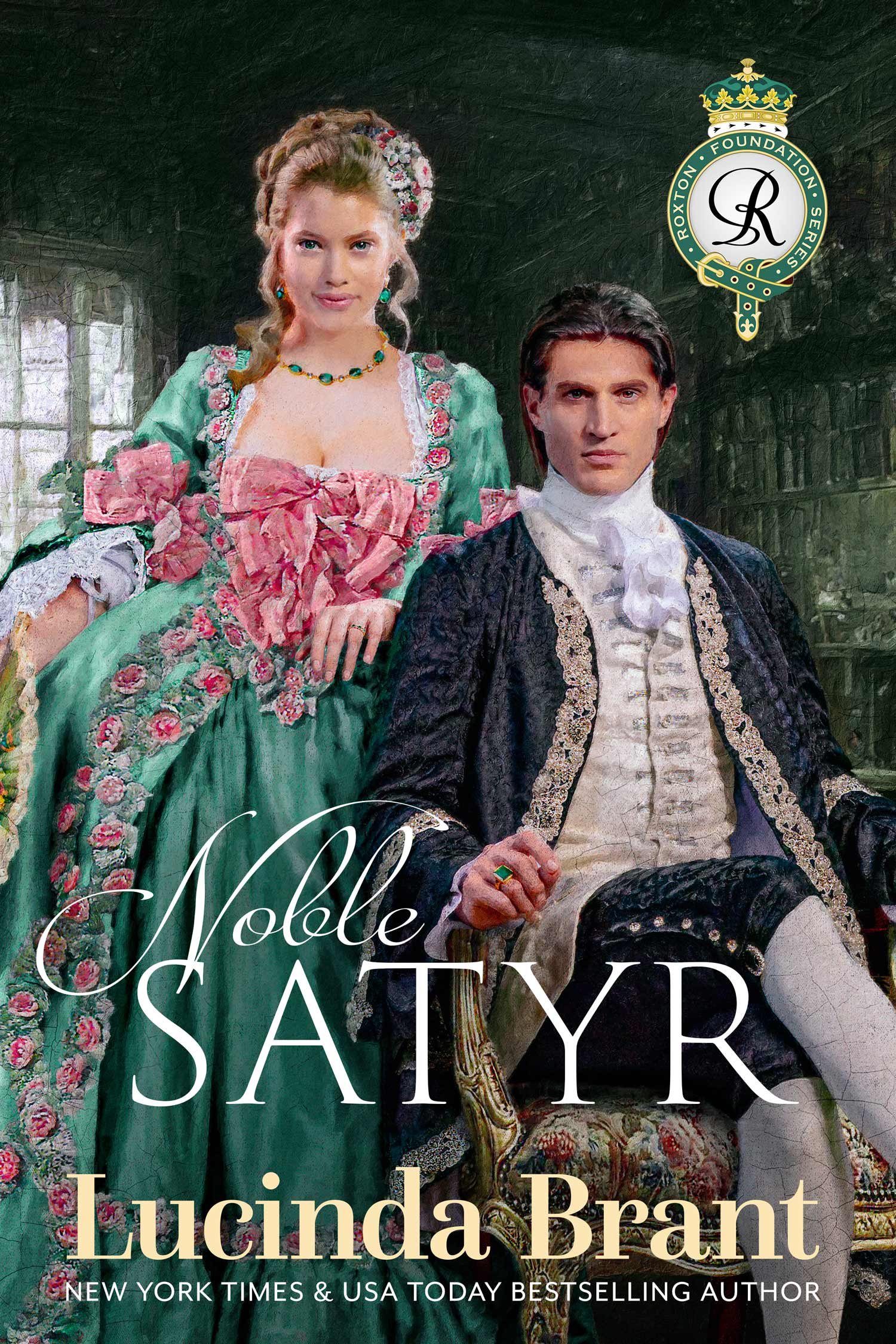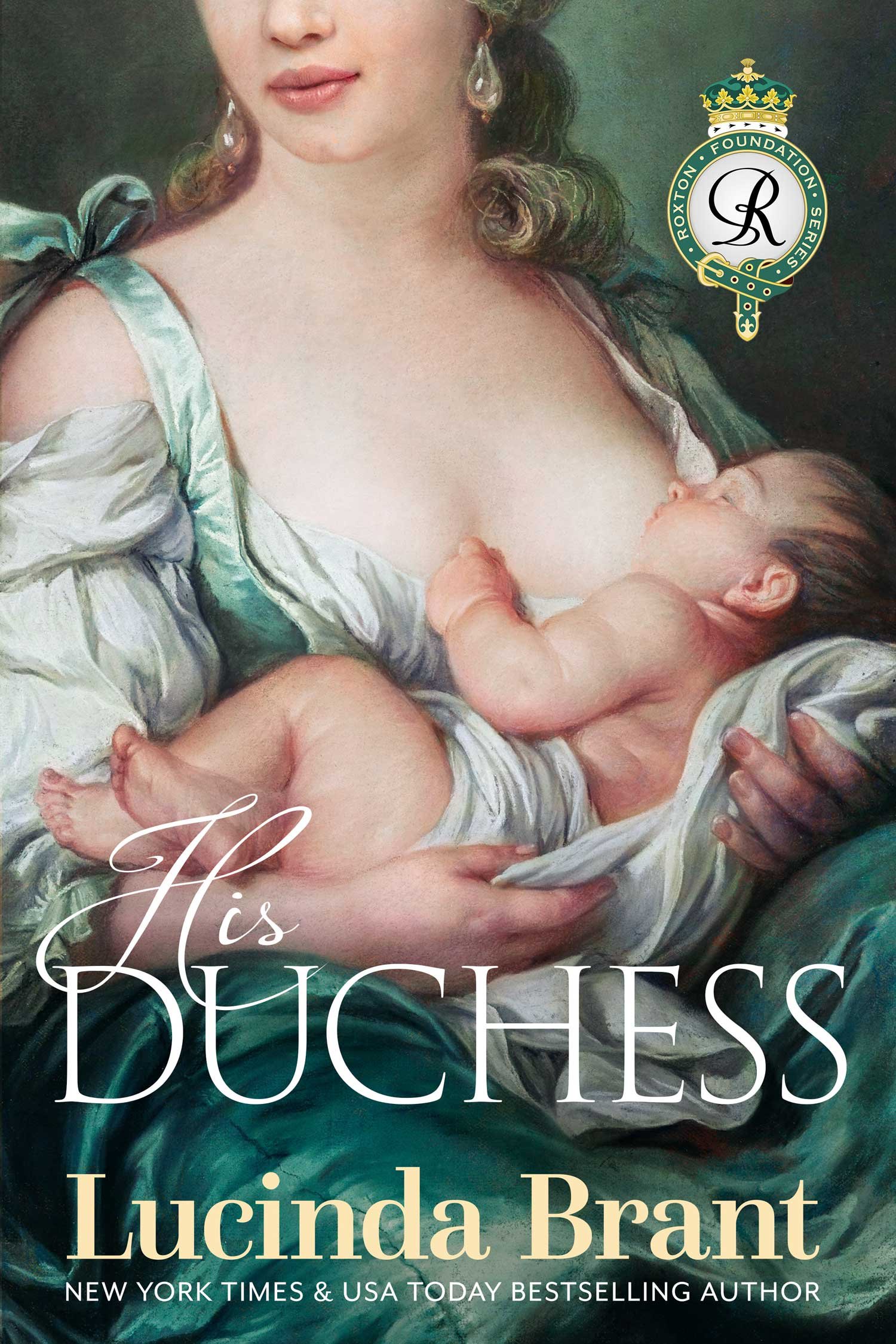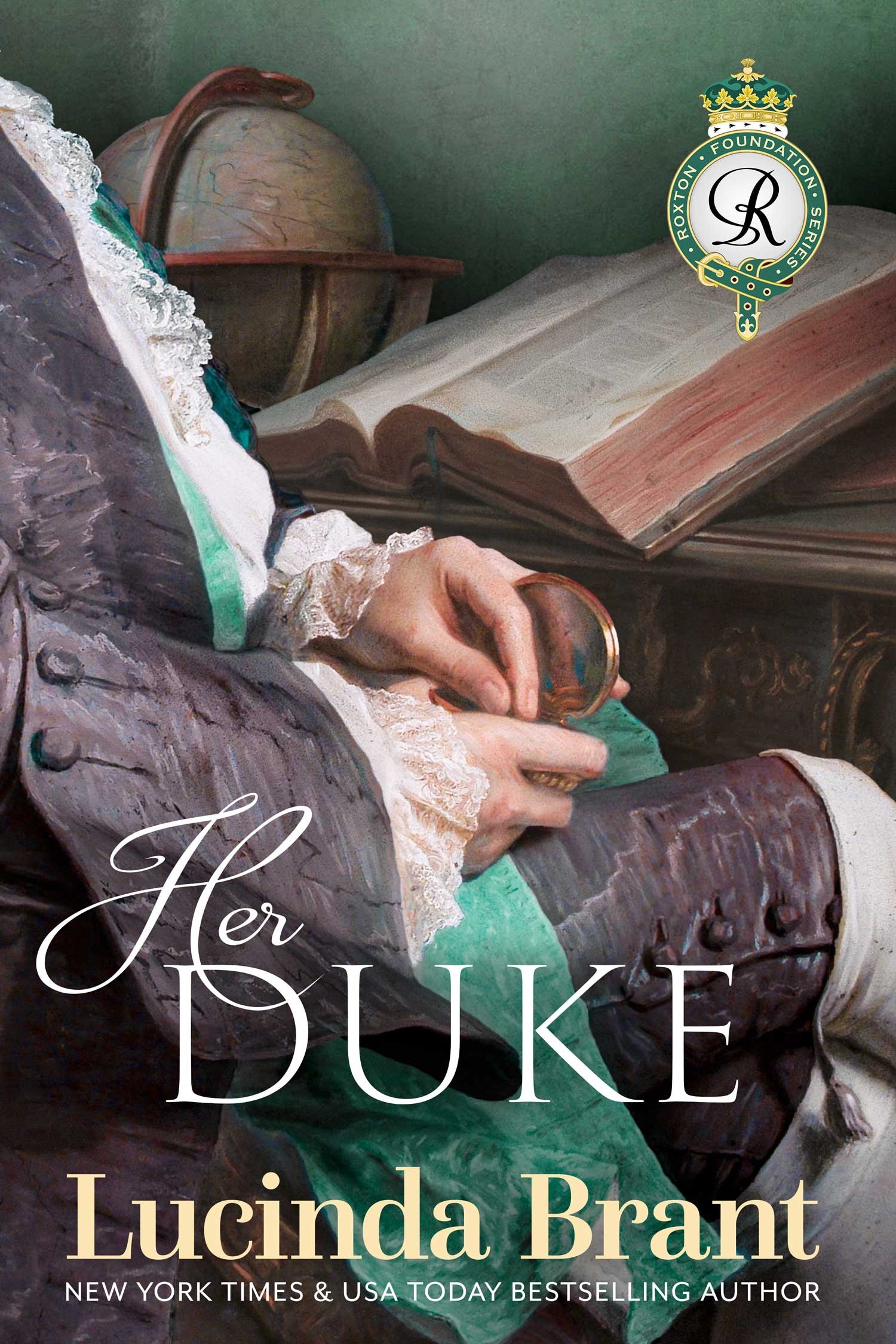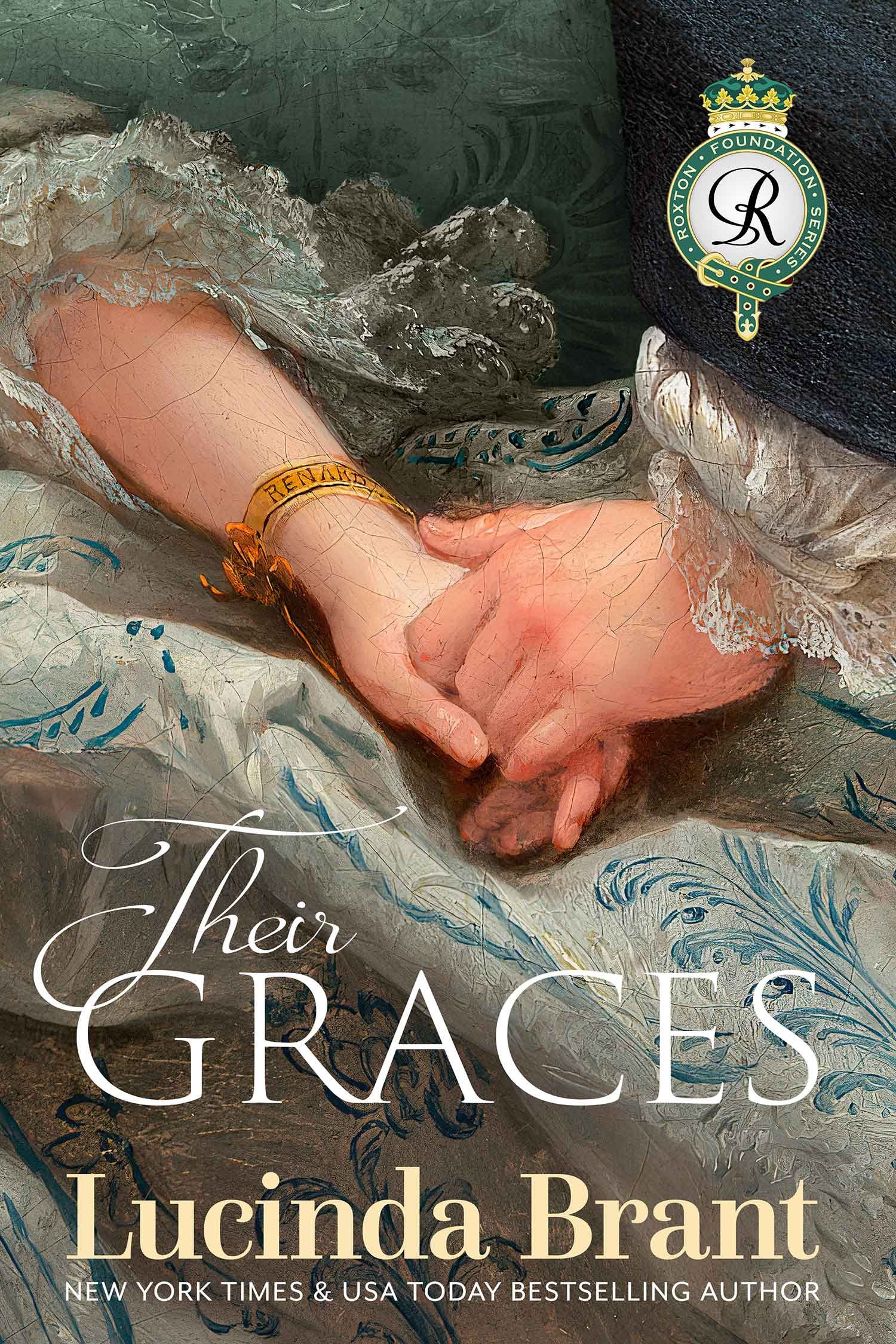New Roxton Series—the Founding Story of a Great and Noble Family
Hello dear readers
I
’m thrilled to finally announce the Roxton Foundation Series— interconnected intimate vignettes about Antonia and Roxton’s early married life, and their immediate family connections.
Back to where it all began…
I’ve lost count of the number of emails and messages I’ve received (thank you!) asking what happens in those years after Antonia and Roxton’s HEA in Noble Satyr, and before Julian and Deb’s path to their HEA in Midnight Marriage. Many times I’ve played out in my head the ducal couple’s married life, and I thought it about time I shared with you what happens after Roxton and Antonia’s Happily Ever After.
The Roxton Foundation Series in order:
As Noble Satyr is required reading before embarking on the rest of the books, it is first in the series. This allows readers new to the Roxtons to begin at the beginning (with the added bonus that this version has been re-edited and includes the all the relevant letters from Eternally Yours). It will, however, remain as the prequel in the Roxton Family Saga. It has also been recorded as an audiobook (along with the other books in this series), so you will have two versions of Noble Satyr to choose from and enjoy (but more on the audiobooks and their fabulously talented narrator in the next post).
Book 2, His Duchess, opens a year after the Duke and Duchess are married, set at their villa in the town of Versailles. Books 2, 3 and 4 take place over the course of a few weeks and in the same setting.
Happily Ever After with the family
It’s a truth universally acknowledged that no matter how happy and in love a newly married couple, a marriage does not exist in isolation. Family, friends, children, and circumstances, all have an impact. This is particularly true for a duke and his duchess, with Roxton at the apex of the family tree and the couple at the center of their family’s world.
There are dramas aplenty as Antonia navigates her way, not only as a new duchess but as a new mother, and the couple contend with the difficulties associated when dealing with immediate family members, and their wider social network of relatives and friends. And if you’re as wealthy and as powerful as Roxton, and with a notorious past, then there are enemies aplenty.
Roxton has surrendered his heart utterly to Antonia, and now they have a son he will do whatever it takes to protect them both and keep them happy, even if that means taking on every single member of his French mother’s family—those scheming sinister courtly sycophants the Salvans!
View of the Estate of Versailles from Place d'Armes by Pierre Denis Martin
The Golden age at the French Court
The 1740s truly is a golden age at Versailles, when Louis XV is known as The Beloved, and the beautiful and talented Mme de Pompadour is newly installed as maîtresse-en-titre (chief royal mistress). Paris is the fashion capital, and the Chateau of Versailles the political hub, not only of the Kingdom of France, but of the Western World. It is the age where what you wore signaled who you were. Clothing (and the gorgeous textiles of choice) really did make the man (and woman). It was all large, upturned cuffs and bulging (padded if necessary) calves for the men, and wide panniers and daringly low decolletages (but never show your ankles!) for the women.
And at the royal court, there was a particular way walking (gliding) and talking (its own idioms) if you hoped to “fit in”, of using a certain gesture here, a particular whispered word there, and so many rules of etiquette to follow that how you comported yourself could make or break you and your family’s social, political, and economic fortunes.
L: Declaration of Love (in the gardens of the Versailles Chateau), 1731, by Jean-François de Troy. R: Picnic after the Hunt, c. 1735/1740, by Nicolas Lancret
In this heady addictive atmosphere of materialism, manners, and manipulation, the Duke and Duchess of Roxton sustain a loving relationship. Their comfortable and luxurious villa is situated “close to the action” of the Court on the edge of the royal parkland of the chateau where Louis and his friends go hunting. Yet the ducal couple manage to live an intimate existence, if only their family would leave them alone occasionally…
Top L: A masked ball in the Hall of Mirrors, 1745, by Charles-Nicolas Cochin. Top R: A 2017 ball in the Hall of Mirrors, for which guests donned period clothing. De Agostini Picture Library //Getty Images. Lower L: The Hall of Mirrors was always crowded with courtiers and tourists in the 18th C just as it is today. Lower R: After a long day, I managed to have a photo in the hall without the crowds—a rarity Roxton also managed to pull off! ;) [author’s own photos]
On-The-Ground Research
I was fortune enough to spend ten days in the royal town of Versailles, staying in a courtyard apartment a five minute walk from the chateau, and I walked everywhere! I went daily to the chateau, retracing the steps of a courtier, most of whom lived at their hotels, villas, and apartments in town, and scurried back and forth to the palace to fulfill their duties, catch up on all the gossip, and involve themselves in palace intrigues.
L: Here I am at the restored Golden Gates. M Upper: View from Mme de Pompadour’s apartment looking across to the King’s private kitchen and apartment. Lower M: Taking the public stairs from Mme de Pompadour’s apartment with the Versailles historian. R: The backstairs to Mme de Pompadour’s apartment. [author’s own photos]
Fear of missing out (FoMO) was ingrained at the French Court. The phenomenon may not have been officially identified until 1996 but Louis XIV (and his successor Louis XV) was a master at using it. He controlled his nobles by institutionalizing rules and honors, and by making the palace of Versailles the center of the known world. A noble at court was to be someone. To be anywhere else was to be a nobody. And if his nobles were at court squabbling over who should have the honor of passing His Majesty his stockings, then they were under the King’s watchful eye and not at their far-flung estates plotting to overthrow him.
One of Versailles most respected local historians, Odile, walked the streets with me, answering all my questions and taking me to various avenues, villas, and landmarks, as well as arranging a visit to a privately owned 18th Century mansion on the edge of the town.
L: My courtyard apartment a short walk from the palace. M: walking the streets of the town of Versailles. R: With local historian Odile at the town’s market square. [author’s own photos]
Versailles the town L: Original 18th Century carriage door entrance—note iron posts to stop carriage wheels damaging stonework. M: Original porte cochère with view into the inner courtyard (now used as an auto-repair shop). R: Villa entrance under the porte cochère. [author’s own photos]
At the palace I went on the numerous guided tours for the public, and then had an exclusive one-on-one exploration of Mme de Pompadour’s private apartments with the palace’s foremost historian. To be in her small suite of rooms, to see where she spent her early days as Louis’s mistress, to stand at the windows where she admired the views of the gardens, and looked down at the inner courtyards, was such a moving experience for me, who has admired the Marquise since a pre-teen.
Upper L: Mme de Pompadour’s bed niche with access door. Upper M: Mme de Pompadour’s apartment with a painting of her as Diana the Huntress above a cabinet containing a few of her books. Upper R: Portrait of Louis XV in the public rooms of Versailles. Lower L: Mme de Pompadour’s bathing room. Lower R: Guard room at base of the stairs up to Mme de Pompadour’s apartment. [author’s own photos]
All this hands-on experience coupled with extensive research—trawling through contemporary diary extracts, biographies, and non-fiction studies, scouring maps and museums—provided me with invaluable insight into the life and times of a 1740s French noble.
Upper L: Author’s research notebooks with handwritten notes. Upper M: 1740s map of the town of Versailles. Upper R: Online reconstruction of 1744s Versailles street. Lower L: Author’s research notebooks. Lower M: 18th Century French Histories from author’s private library. Lower R: online interactive 18thC map of France showing distance and towns.
Characters, Context, and Covers
Possibly a third of what I learn, and experience first-hand, makes it into one of my books. And when a particular place is mentioned, such as the Church of Notre Dame where royals were baptised, or La Grande Écurie where Vallentine tutors at the Academy of Fencing, or the Chateau in Arles once owned by the Archbishop of Arles purchased for the Chevalier Montbelliard , you can be assured they exist.
L Upper and lower: Raphèle lès Arles, castle of La Jansonne built 1718 by Jacques de Forbin Janson, Archbishop of Arles. R upper: Notre Dame, Versailles. R lower: La Grande Écurie, Palace of Versailles.
Similarly when a person in a position of power is mentioned, even if it is in passing, such as Claude-Henri Feydeau de Marville the Lieutenant General of Police or Louis Pierre d'Hozier who held the post of juge d'armes de France or the fermier général André Haudry, they too were historical figures of the time.
Yet as much as the historian in me loves diving down numerous research rabbit holes of discovery, what is most important to me are my characters.
L: Claude-Henri Feydeau de Marville the Lieutenant General of Police. M: Louis Pierre d'Hozier who was the juge d'armes de France. R: Fermier général André Haudry
But as the saying goes—story is everything. And for an historical fiction author it is also true to say that in historical fiction context is everything, too. There must be a solid researched foundation, so the characters are true to their time and place. For only then are we able to immerse ourselves in their daily lives—it’s as close as we come to time travel and being there with them!
L: Armorial General de la France. M: Eighteenth Century France 1700-1789 by Paul Lacroix (author’s own copy). R: Court Memoir Series Louis XV and XVI by Mme de Pompadour’s lady-in-waiting Madame du Hausset.
As for the new covers… I hope you love them as much as I do! James from Sprigleaf has done a wonderful job in their creation, for they truly reflect the content of each story.
Noble Satyr retains the same cover composition as its prequel cover for the Roxton Family Saga, so as not to confuse anyone that this is a new story. However, for the Roxton Foundation Series it has a few modifications, such as having a more painterly style in keeping with this series’s covers, and Antonia’s gown is a homage to Boucher’s portrait of Mme de Pompadour.
The covers for the other three books—Her Duchess, His Duke, and Their Graces— are beautifully rendered, and focus on a particular close-cropped detail from paintings of the time. Each one reflects the intimate nature of these stories into the lives of the Duke and Duchess. And in this case, the cover truly does reflect the story. What do you think? You can let me know in the comments!
I had such a wonderful time returning to the 1740s, and again being part of Antonia and Roxton’s glorious world. I hope you do too! And as always, I look forward to your feedback.
Enjoy!
xo




